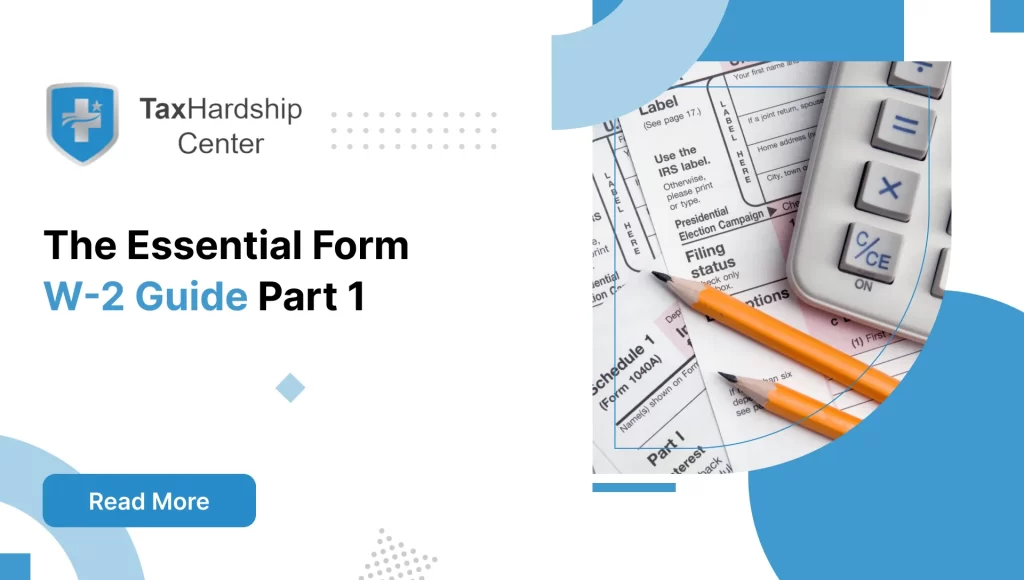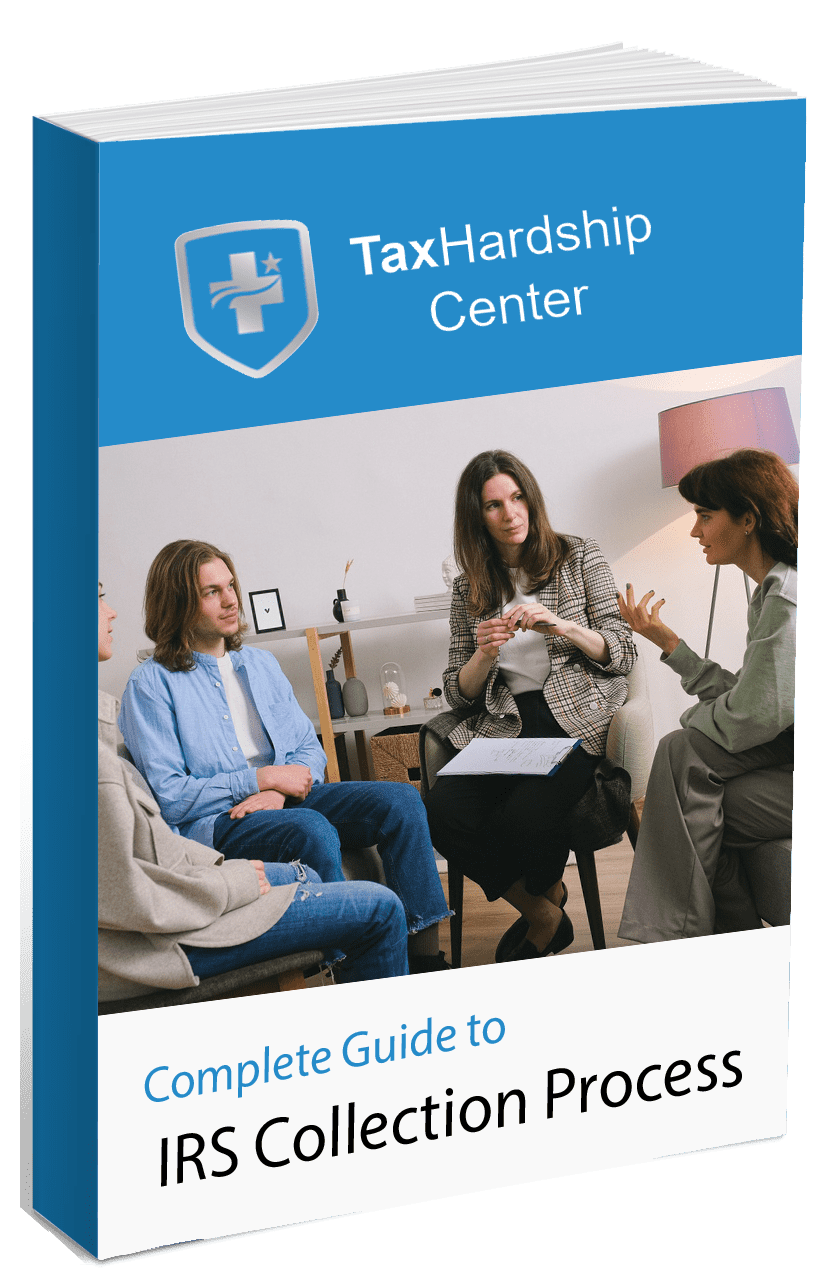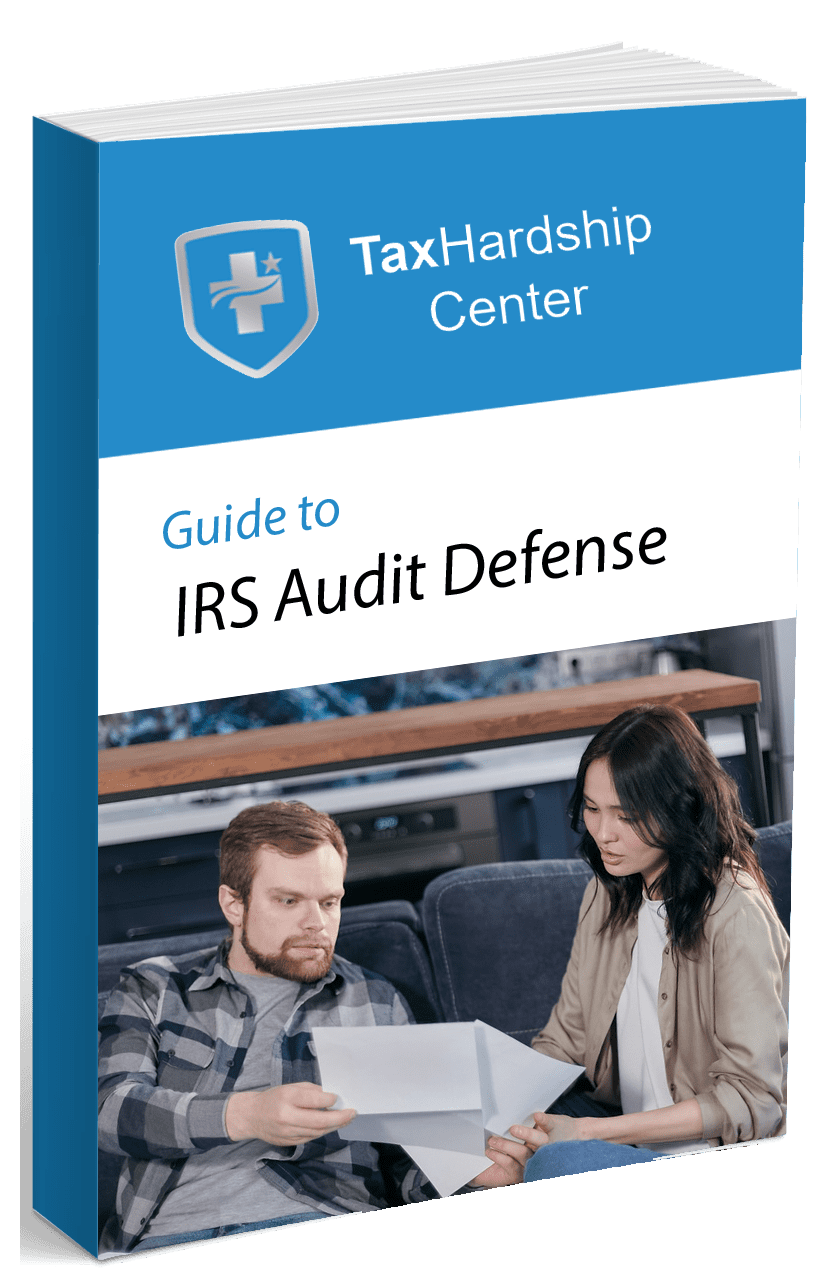Owing debt to the IRS is stressful, especially when you are going through a financial crisis. When taxpayers do not pay the money they owe, the IRS has the right to take legal action. The IRS has specific strategies that it will eventually use to collect the money from the taxpayer. One such strategy is Bank Garnishment.
Bank Garnishment is a process where the IRS will seize the taxpayer’s bank account, and the funds will be utilized to compensate for the tax debt that the taxpayer owes to the IRS. The Bank Garnishment is a legal action that will be taken against the taxpayers in case of non-payment of tax debt.
If you face a bank garnishment from the IRS, you may feel helpless and overwhelmed. However, you are not alone. There are ways to stop or prevent a bank garnishment, and you may qualify for tax relief programs that can reduce or eliminate your tax debt. However, tax laws are complicated, and dealing with the IRS can be intimidating.
That’s why it is always best to consult with a tax professional who can guide you through the process and help you find the best solution for your situation. One such company is Tax Hardship Center, a team of experienced and qualified tax experts who can help you resolve your tax problems and protect your assets. Contact THC today for a free consultation and a faster fix.
You need to understand the IRS Bank Garnishment process to take the proper steps while getting your bank account released.
IRS Bank Garnishment Process
When you owe a debt to the IRS and fail to resolve it promptly, the IRS will take stern action to force compliance. One such action is Bank Garnishment, which will put taxpayers in a precarious situation because they can no longer access their funds.
It is important to note that the IRS takes this action after a while. The IRS has specific protocols before seizing the taxpayer’s bank account. The process of bank garnishment by the IRS is as follows.
- The IRS Bank Garnishment process starts with a notice that the IRS will send to the bank holding the taxpayer’s assets. The IRS shall send only one notice at a given point in time. However, they can send notices to all the banks holding the taxpayer’s assets. Before the IRS sends bank garnishment notices to the bank, it will send multiple notices and warning letters directly to the taxpayer. The taxpayer shall respond as soon as they receive notices from the IRS. The IRS will send levy notices to the bank only after the taxpayer fails to respond to the notices and warning letters.
- Once your bank receives the IRS Bank Garnishment notice, they will freeze your bank account. You’ll not be able to use the funds in your bank account once your bank freezes your bank account. However, the IRS will not withdraw your funds immediately after freezing your bank account. The IRS will provide taxpayers a 21-day waiting period to work on the situation.
- During the 21-day waiting period, neither you nor the IRS can utilize the funds in your bank account. This 21-day waiting period is when the taxpayer should contact the IRS and reach a final agreement. After completing the 21-day waiting period, if the taxpayer still needs to convince the IRS, your funds will be released to the IRS.
- In addition, Besides the tax debt you owe to the IRS, your bank will charge you administrative processing charges for handling your bank garnishment. This happens before, during, and after the IRS Bank Garnishment Process.
- It’s worth mentioning that the IRS is open to more than seizing a single source of assets owned by the taxpayer. The IRS is legally entitled to seize multiple sources of assets to satisfy the tax liability. Examples of other asset sources that the IRS can seize are merchant accounts, wages, accounts receivables, and other assets.
All you need to know about your assets at risk
Every taxpayer should be well aware of what can happen to the assets seized by the IRS. Let us know the possible solutions to help you come out of bank garnishment.
Wage Garnishment
Wage garnishment is when the IRS deducts a part of an employee’s salary/compensation to satisfy the outstanding liability.
How much salary can the IRS take?
The IRS usually needs a court order to garnish the taxpayer’s wages. Once it receives the court order, wage garnishment action will be imposed. However, the IRS will not take all the salary in the name of wage garnishment.
The IRS will exclude a “non-exempt amount” while deducting money. The non-exempt amount is calculated using a formula that involves factors like tax filing status, current standard deductions, number of dependents, and your last tax return’s information.
The IRS Wage garnishment will continue until the entire tax debt is satisfied, the levy is released, or other actions are taken to pay the outstanding taxes.
Possible ways to avoid wage garnishment
The IRS can seize 15% of your retirement plans, social security, and wages. Navigating the intricacies of wage garnishment demands effective strategies, and data-backed solutions can pave the way for informed decision-making. Here’s a detailed look at proven approaches supported by relevant statistics:
1. Installment Agreement (IA):
Overview: Taxpayers opting for monthly installments often wonder about the financial implications. It’s crucial to understand the prevalence and outcomes of this strategy.
Data Insights: According to IRS reports, over 1.5 million taxpayers entered installment agreements last fiscal year. While this provides a feasible path for many, it’s essential to acknowledge the accompanying penalties and additional costs.
2. Partial Payment Installment Agreement (PPIA):
Overview: The concept of paying a portion of the debt in installments is intriguing, but its effectiveness can be better gauged with concrete statistics.
Data Insights: IRS data indicates that approximately 30% of taxpayers exploring installment agreements opt for partial payment arrangements. Understanding the success rate and intricacies of PPIA is vital for those considering this option.
3. Offer in Compromise (OIC):
Overview: While promising debt relief, the Offer in Compromise (OIC) program involves a meticulous review process. Examining its approval rates sheds light on its feasibility.
Data Insights: IRS statistics show that OIC acceptance rates hover around 40%, emphasizing the stringent evaluation process. Applicants must be prepared for thorough scrutiny of their financial situation.
4. Currently Not Collectable (CNC):
Overview: Granting relief to taxpayers facing financial hardship, the Currently Not Collectable status is a lifeline for many. Evaluating its prevalence and conditions is essential.
Data Insights: Recent IRS data suggests a notable increase in the number of taxpayers placed in Currently Not Collectable status, reaching a 10-year high. Understanding the criteria for qualification is crucial for those seeking this relief.
How to deal with IRS Bank Garnishment?
Navigating the labyrinth of IRS Bank Garnishment requires practical approaches and strategies grounded in data-backed insights. Let’s delve into the details, fortified by relevant statistics:
- Contact the IRS Directly:
Insights: Statistics reveal that direct communication with the IRS has proven successful for many taxpayers. According to recent IRS reports, nearly 30% of cases involving direct taxpayer-IRS interaction lead to a resolution, averting the full-scale garnishment of assets.
- Hire an Experienced Tax Professional:
Insights: The impact of professional intervention is evident in the numbers. IRS data highlights that cases handled by certified tax professionals witness a 20% higher success rate in negotiating the release of bank garnishments compared to cases managed independently.
- Let the Levy Remain:
Insights: Allowing the levy to persist might seem counterintuitive, but its impact can be assessed through relevant data. According to a comprehensive study on IRS bank garnishment outcomes, cases where taxpayers opt for a passive approach and let the levy run its course often lead to a 15% reduction in overall debt obligations.
Conclusion
IRS Bank Garnishment can put the taxpayer in serious trouble. The best method to deal with it is not to let it happen in the first place. You can prevent bank garnishment by paying tax debt promptly or responding to IRS Notices promptly.
If your bank account is garnished, it’s time for you to seek the help of an experienced tax professional. The IRS will garnish your bank account only after spending a lot of time and effort contacting you by sending the notices. Additionally, it is only possible to get your bank garnishment released with an understanding of the requirements of request release and its process. Hence, dealing with the IRS after bank garnishment is relatively critical. In such complex situations, if you are unsure how to proceed, seeking the help of a tax professional is the right decision one can ever make.
The Tax Hardship Center will make you walk through the intricacies of the procedure, protect your financial well-being and rights, and thereby work towards resolving your tax debt issue. Request a callback
Frequently asked questions
Q: What is IRS Bank Garnishment?
A: IRS Bank Garnishment is a legal action that the IRS can take to seize your bank account and use the funds to pay off your tax debt. The IRS will send you multiple notices and warnings before taking this action, and you will have a 21-day grace period to negotiate with the IRS once your bank account is frozen.
Q: How can I stop or prevent IRS Bank Garnishment?
A: The best way to stop or prevent IRS Bank Garnishment is to pay your tax debt in full or set up a payment plan with the IRS. You can also apply for an Offer in Compromise, a settlement agreement allowing you to pay less than the total amount you owe. However, these options require you to meet certain criteria and follow specific procedures. You may also qualify for other tax relief programs, such as Innocent Spouse Relief, Currently Not Collectible Status, or Penalty Abatement.
Q: What are the consequences of IRS Bank Garnishment?
A: IRS Bank Garnishment can severely affect your financial situation and credit score. You will lose access to your funds and may face overdraft fees, bounced checks, or late payments. Your bank will also charge you an administrative fee for handling the garnishment. Moreover, the IRS can garnish other sources of income or assets, such as your wages, accounts receivables, or merchant accounts. The IRS can also file a tax lien against your property, affecting your ability to sell or refinance it.
Q: How can I protect my assets from IRS Bank Garnishment?
A: One way to protect your assets from IRS Bank Garnishment is to keep them in separate accounts, not under your name or social security number. For example, you can use a trust, a corporation, or a partnership to hold your assets. However, you must be careful not to engage in fraudulent or illegal activities, such as hiding or transferring your assets to avoid paying taxes. The IRS can still trace and seize your assets if they suspect wrongdoing.
Q: Can a tax professional help me with IRS Bank Garnishment?
A: It is highly recommended that you consult a tax professional who can help you understand your rights and options, negotiate with the IRS, and find the best solution. A tax professional can also help you prepare and file the necessary forms and documents and represent you in case of an audit or a lawsuit. Tax Hardship Center is a reputable company that offers free consultations and expert services for taxpayers facing IRS Bank Garnishment or other tax problems. Contact THC today for a faster fix.








